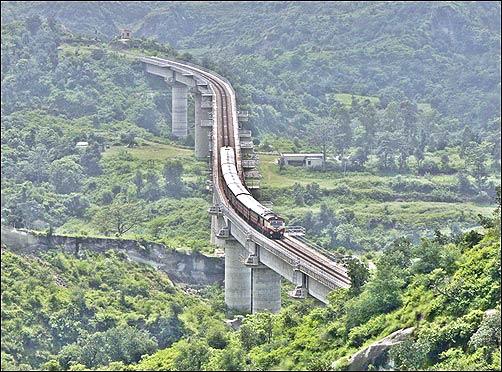
Slow pace in modernisation and infrastructure addition chokes tracks, constrains productivity, raises costs and invites political interference.
Introduction of new trains every year is choking the already constrained line capacity of Indian Railways.
Added to this, a slow pace of modernisation and infrastructure addition is hampering the efficiency of the Railways in terms of using its assets and traffic-handling capacity.
Busier rail traffic is not unique to India; only that there are other countries capable of easing the congestion.
...
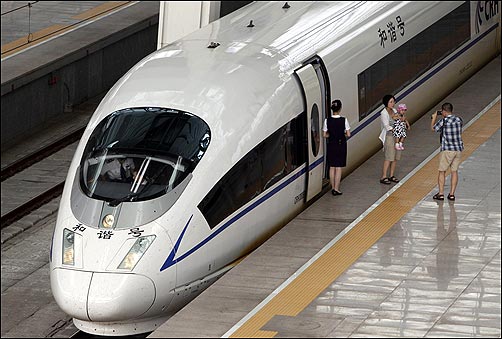
Statistics of International Union of Railways reveal that the network productivity of Chinese Railways is more than double of Indian Railways.
This is reflected by the transportation output data that indicates the efficiency of the line capacity utilisation of the railways.
It tells the number of kilometres travelled by either a passenger or one tonne of freight per kilometre on existing infrastructural route length.
This efficiency could be judged on the basis of the amount of traffic and the distance of travel.
Besides, employee productivity of Chinese Railways is around 50 per cent higher than India.
...
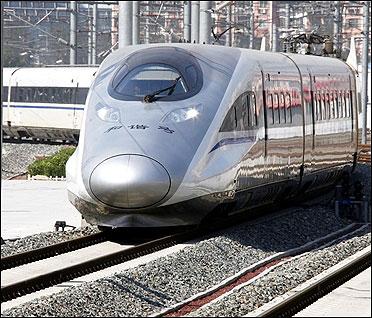
In China, an employee handles 1.61 million of transportation output, while in the case of India it is 1.10 million.
A senior official with Indian Railway says improved productivity of the Chinese system is mainly due to its higher level of asset utilisation and modernisation.
"Indian Railways would need to increase asset utilisation by running heavier, longer and faster freight trains to achieve higher levels of productivity," he notes. India is picking up modernisation - but at a very slow pace.
...
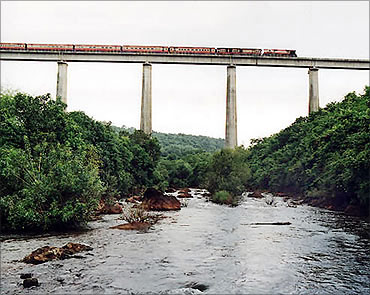
It has barely added 13,000 km of route length since Independence.
The Indian Railways is constrained in handling freight because of the obvious reasons of line constraint and lack of modernisation.
In India, maximum permissible axle loading at this stage is 22.5 tonnes per axle. In the US, Australia and China which primarily carry freight, heavier bulk commodities like iron ore and coal, the movement is through heavier, longer and faster trains.
In those countries, at some patches, even axle loading of 30,32.5 or 37 tonnes per axle is permissible making their efficiency and per-unit cost of operation more economical.
...
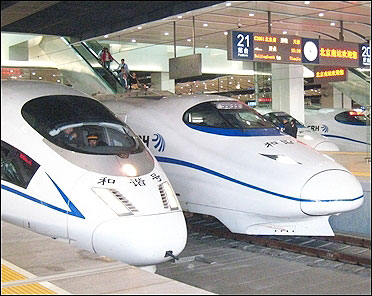
As per a World Bank Report on Transportation, certain railways (for example, the US, China, and Russia) carry mostly freight, which permits higher productivity.
"These, at least in principle, permits a 'commercial' approach to prices and services," it notes.
"Other railways (for example, India, and most of the Western European railways) carry much more passenger service than freight, which constrains productivity, raises cost, and invites political interference in operations and pricing."
...
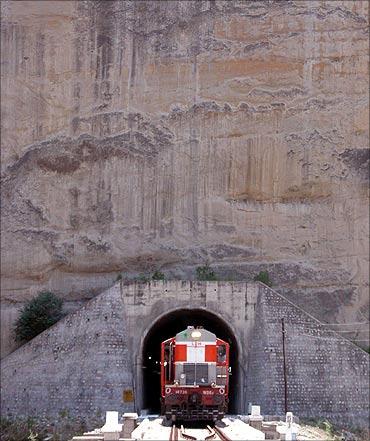
Finally, the passenger problem is aggravated in the case of India and Western Europe, as significant part of the passenger activity is suburban commuting, which is both costliest and least remunerative of all.
However, in European countries, freight traffic is carried by the roads, as distances are shorter.
Though the Railways does get budgetary support in India for infrastructure funding, the government funding is not much, as it is expected to subsidise its services under social obligations.
...
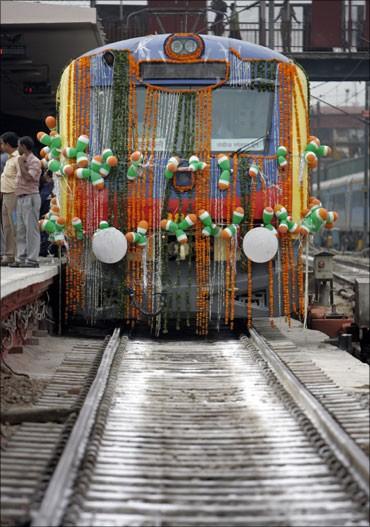
By and large, Indian Railways is expected to bear the cost of running operations and creation of infrastructure except a few national projects.
The Railways is running at operating surplus in European economies, whereas in India even the fixed cost of infrastructure is funded primarily from its commercial activities only.
India's roads account for 57 per cent of the freight traffic, whereas continent-sized countries like the US has 44 per #162 China has merely 22 per cent.
...
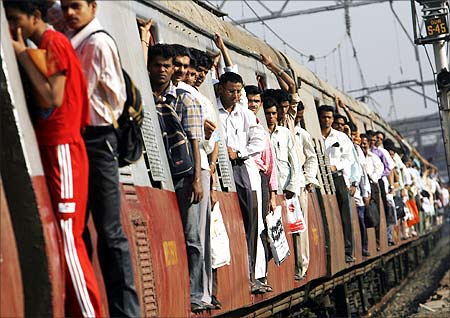
This is despite the fact that a large part of India's freight traffic comprises bulk traffic and moves over long distances that can be more economically served by rail and waterways.
Chinese, Russian and the US have created efficient logistic models by carrying freight and long-distance traveller through rail and shifting short-distance traveller to roadways by providing sound infrastructure.
The slow progress in modernisation and creation of infrastructure is creating an inefficient and uneconomical logistic model for the country.